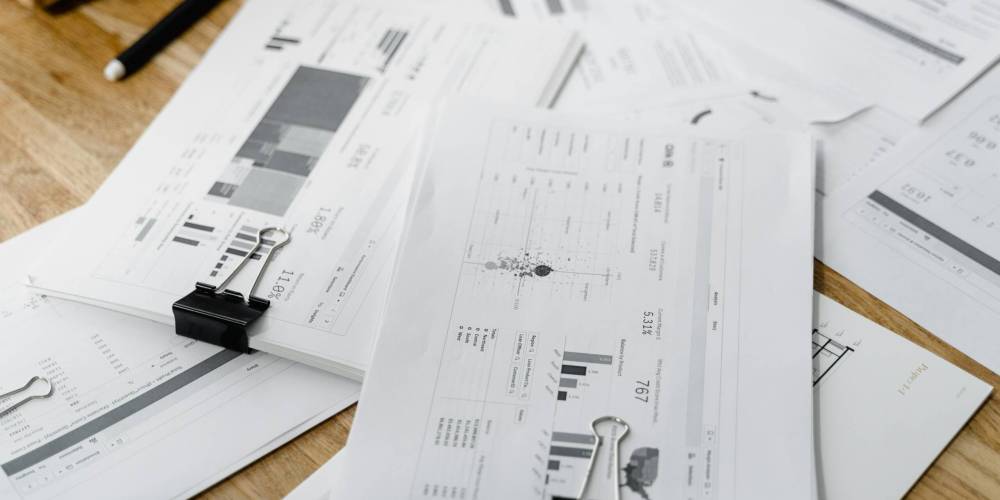If you’ve ever looked at a solar proposal and thought, “How did they come up with these numbers?”, then you’re not alone.
Solar estimates can feel opaque and complicated, and every company does it differently. At FIG, we believe in pulling back the curtain. Here’s how we calculate the numbers on your residential solar proposal.

It All Starts With Your Hydro Bill
Your utility bill tells us how much energy you use throughout the year. Using this data, we design a solar system tailored to offset your usage and bring your electricity costs as close to zero as possible.
In Ontario, thanks to Net Metering, electricity you generate and send back to the grid earns credits on your bill. Not all credits are equal: energy exported during peak hours is worth more than off-peak energy, and our modelling takes this into account.
Our Solar Forecasting Model
Every solar company uses its own forecasting model. Ours is built to reflect real-life performance, not just ideal lab conditions. Here are the key components:
- Panel degradation: Over time, solar panels lose efficiency. We use the maximum manufacturer-allowed degradation, which typically totals around 20% over the system’s lifetime.
- System generation: We use proprietary software to model your home in 3D. Then we simulate 365 days of sunlight exposure using an artificial sun.
- Weather and shading: Using data from over 500 installations across the province, we factor in local snowfall, average sunlight hours, and surrounding foliage specific to your property.
- Hydro rate escalation: We use a benchmark 6% annual increase. Hydro rates don’t rise in a straight line; some years are flat, others jump significantly. You can review historical rate trends from the Ontario Energy Board here.
Bringing It All Together
The final proposal compares our lifetime energy generation forecast against your projected hydro costs, including sales tax, fees, and the non-offsettable delivery charges. This helps us estimate your total savings and payback period as accurately as possible.
Accuracy Matters. So Does Accountability
We model conservatively because we focus on realistic expectations. In fact, we’re the only solar company in Ontario offering a generation guarantee. If your system underperforms, we’ll pay you for the shortfall. At FIG, this is a rare occurrence and serves as a testament to the accuracy of the numbers on your proposal.
Real-World Examples
Want to see how this plays out in practice? Check out our case studies in the “Work” section. These feature real FIG customers who have shared before-and-after hydro bills so you can see the impact for yourself.
Frequently Asked Questions (FAQ)
- Are taxes, delivery charges, and other fees included in the proposal? Yes, all taxes and charges are factored into our calculations.
- Will my hydro bill really cost thousands of dollars per month in the future? Yes, thanks to the power of compounding. A $175 monthly hydro bill growing at just 6% per year compounds to more than $1,000 after 30 years. In 2025, the Ontario government projected an increase in electricity demand equivalent to adding five more Torontos, and taxpayer-funded subsidies have only grown since. The real number could be much higher.
- How long will it take for my system to pay for itself? Payback periods usually fall between 10 and 15 years. However, a longer payback period doesn’t always mean a system is underperforming. This depends on personal goals and priorities.
- Why can’t solar eliminate my entire bill? There’s a mandatory delivery charge of about $32 that solar can’t offset. This is completely normal and reflects the cost of being connected to the grid at all times.
- I only have a few hydro bills. Is that enough for your model? Yes. We can extrapolate your annual usage from a few months of data with a high degree of confidence. Most homes (and the people who live in them) follow predictable seasonal patterns.
- Can you plan for future upgrades like heat pumps or EVs? Absolutely. We have tools to forecast increased consumption. For a more detailed estimate, a home energy audit helps us assess your building envelope and efficiency. The more data we have, the better we can predict future needs.
- Can you model variable rate plans like Ultra-Low Overnight or Time-of-Use? Yes, we can. These rate plans are fully supported in our consumption modelling, and we will proactively inform you of the best metering plan for your goals.